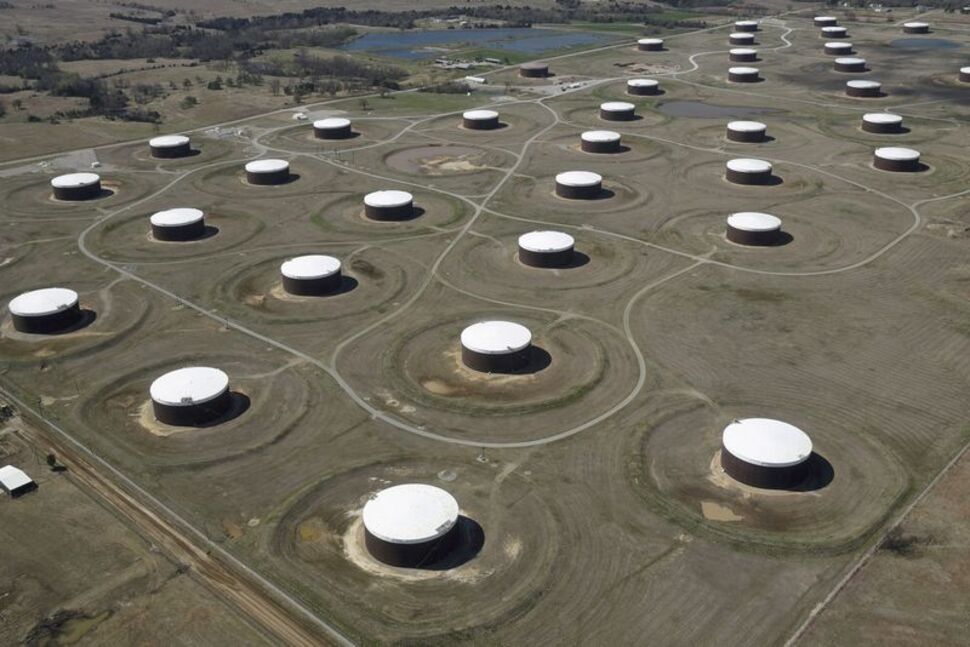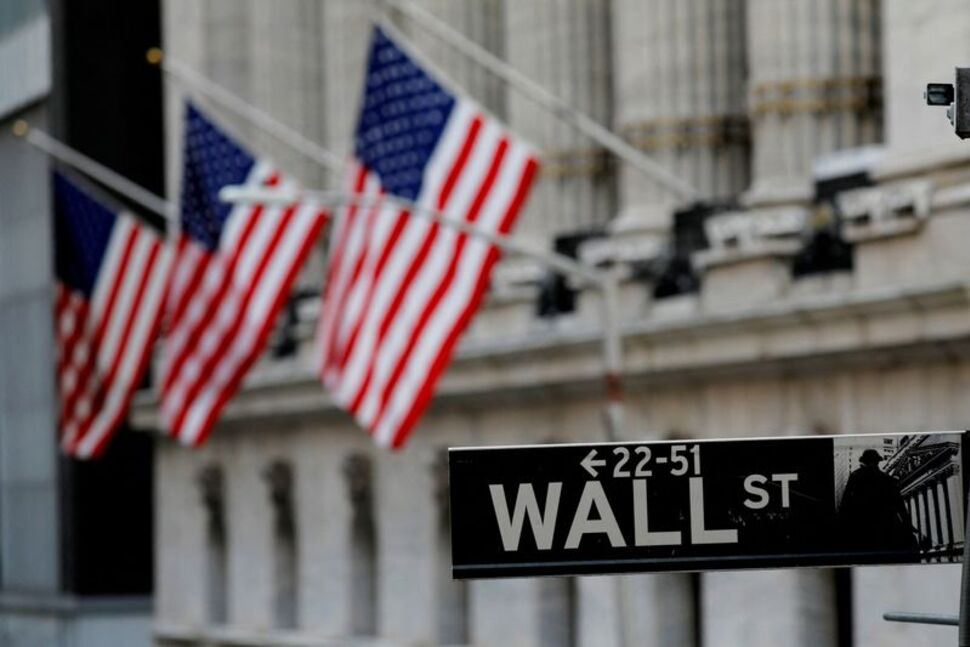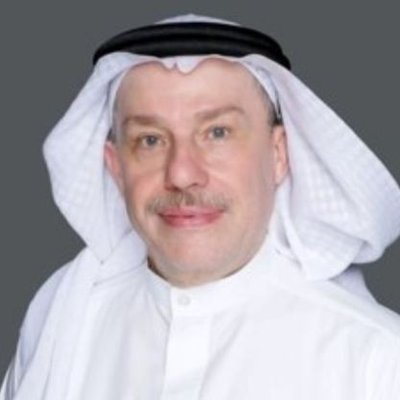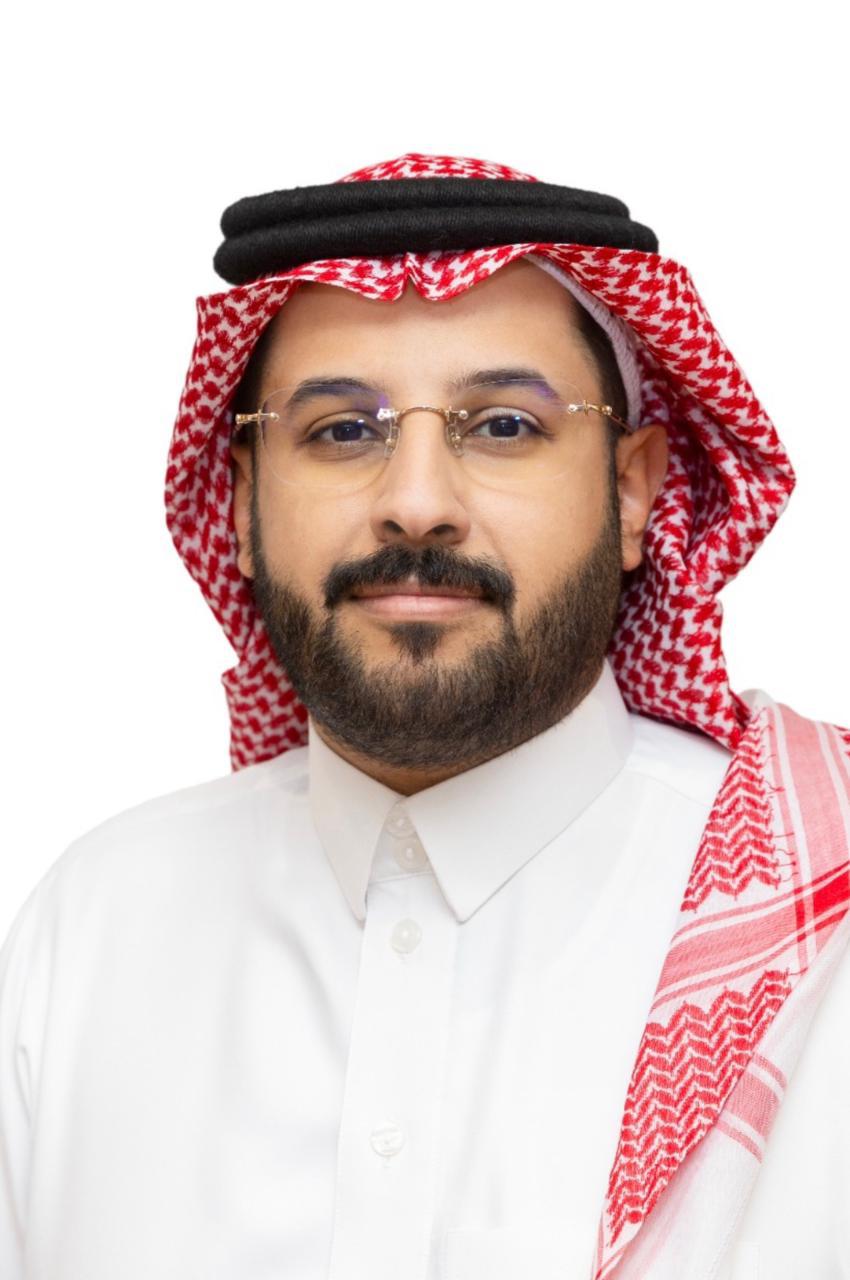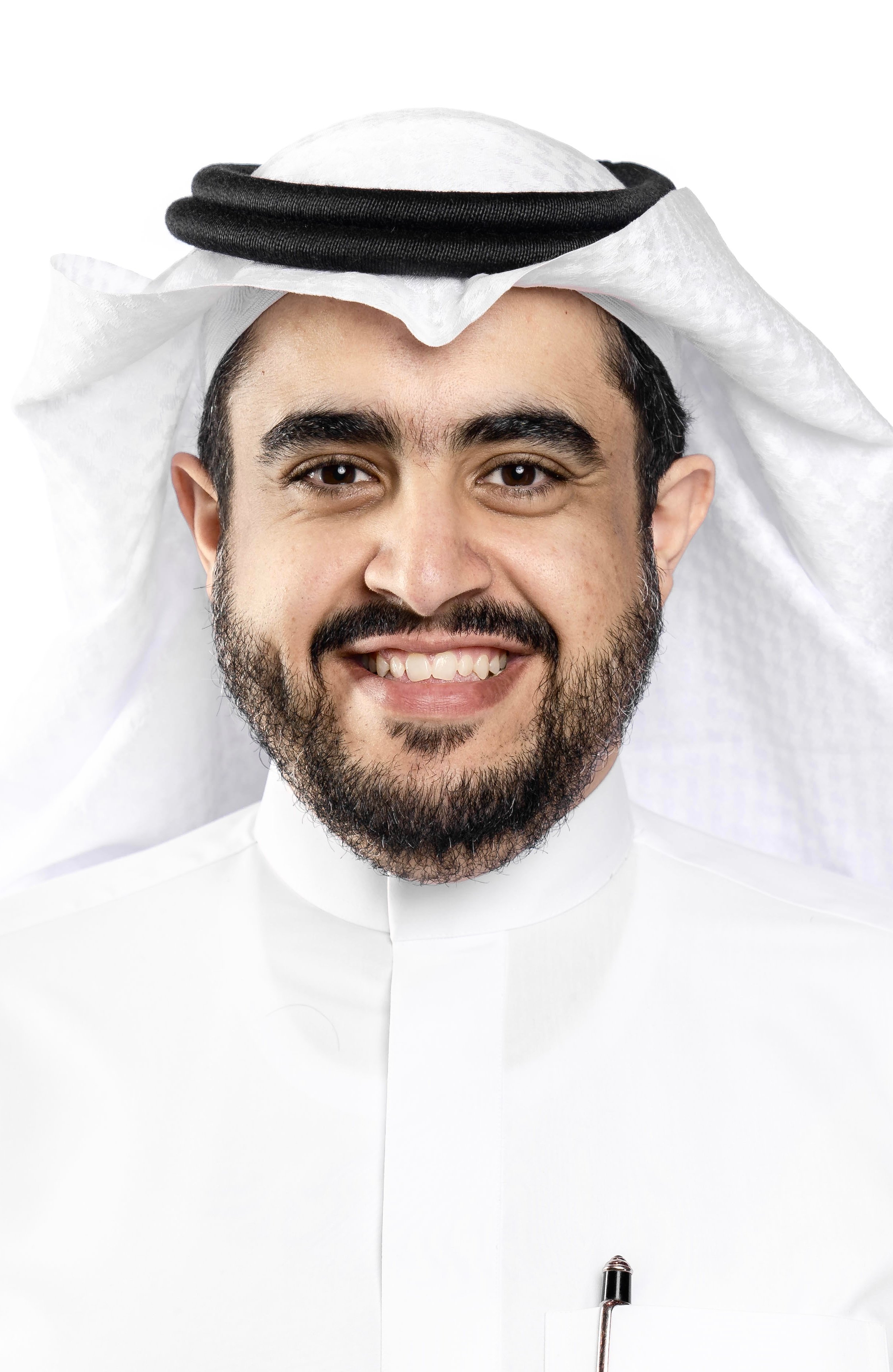Publisher: Maaal International Media Company
License: 465734
Knight Frank: 78% of new hotel pipeline in Saudi Arabia falls within the luxury, upscale and upper-upscale segments
The Kingdom is poised to witness a massive expansion in its hospitality sector by developing 362,000 hotel rooms to cater for a projected surge in tourism, with 150 million domestic and international visitors expected by 2030, according to global property consultancy Knight Frank’s Saudi Arabia Hospitality Market Review – 2025.
As of the end of Q1 2025, Saudi Arabia’s total hotel stock reached at 167,500 keys, with 61% of the supply classified as luxury, upscale, or upper-upscale. Looking ahead, around 99,500 additional keys are under construction or in the planning stages and are due to be delivered by 2030, of which 78% are expected to fall within these high-end categories.
According to the Saudi Ministry of Tourism, Saudi Arabia welcomed approximately 127 million domestic and international tourists in 2024, with the tourism and hospitality sector contributing nearly 4.7% of the Kingdom’s GDP. This puts the sector well on track to achieve the government’s 10% of GDP target by the end of the decade.
اقرأ المزيد
The total number of international visitors hit 30 million last year, a 9.5% increase from the 27.4 million recorded in 2023. According to the Saudi Central Bank, inbound tourism spending in Saudi Arabia surged to a record SAR 153.61bn (US$ 40.9bn) in 2024, marking a 13.82% annual increase.
Visitor entry has been facilitated by Saudi Arabia’s eVisa platform, which allows travellers from 66 countries – including Russia, the UK, Germany, Japan, the US and China – to apply for a one-year, multiple-entry permit. Tourists can stay for up to 90 days per visit, with access granted for leisure, Umrah, business events such as the International Meetings, Incentives, Conferences and Exhibitions Summit, and visiting friends and family. Hajj remains under a separate, seasonal visa system due to religious considerations.
Faisal Durrani, Partner – Head of Research, MENA, said: “The focus on high-end hotel development in the Kingdom plays to Saudi Arabia’s growing international reputation as a luxury holiday destination and is reflected in tourist spend increasing at a faster pace than visitor numbers. That being said, with 78% of all new supply likely to be in the luxury category, there is a growing need and opportunity to offer more modest accommodation options as well to broaden the Kingdom’s international appeal and to cater to the domestic market which for now is the backbone of demand.
“Our research also shows the expansion of hotel capacity is being driven by major international operators such as Hilton, Marriott and IHG, offering further endorsement of the huge potential in this market.”
MULTIFACETED VISITOR BASE
Saudi Arabia’s tourism landscape is experiencing a dynamic evolution, with leisure and business travel increasingly driving the Kingdom’s influx of visitors. Although religious tourism remains a foundational pillar, recent figures highlight the emergence of a more diverse and multifaceted visitor base.
As of the third quarter of 2024, data from the Ministry of Tourism reveals a notable shift in travel trends. While religious pilgrimages continue to be significant – accounting for 26% of all inbound journeys – non-religious travel is rapidly gaining ground. Leisure travellers now make up 30% of arrivals, visits to friends and family constitute 24%, while business, education and healthcare-related trips account for the remainder of inbound travel.
This broadening interest in Saudi Arabia’s tourism offerings is not only attracting a wider global audience but also catalysing substantial investment across the sector, paving the way for further economic growth and development.
Oussama El Kadiri, Partner – Head of Hospitality, Tourism & Leisure Advisory, MENA, said: “Saudi Arabia’s hosting of major global events – the Asian Games 2029, Expo 2030 and the FIFA World Cup 2034 – is set to be a game-changer for its tourism sector. These landmark occasions are expected to draw in 150 million visitors, showcasing the Kingdom’s rapid transformation and strengthening its global profile. By investing heavily in infrastructure, hospitality and entertainment, Saudi Arabia is not only preparing to deliver world-class experiences but also positioning itself as a premier destination for culture, sport and business travel, accelerating its journey towards the Vision 2030 tourism goals.”
2030 Expo alone is expected provide an economic injection of US$ 94.6bn into the nation’s capital, with an estimated 40 million visitors anticipated during the six-month exhibition (Al Rajhi Capital).
RELIGIOUS TOURISM ACHIEVES NEW HEIGHTS
Religious tourism remains a key driver of the hospitality market. In 2024, Saudi Arabia welcomed 1.8 million Hajj pilgrims (including both international and domestic visitors) and 35.7 million Umrah pilgrims. Notably, 16.9 million international pilgrims performed Umrah in 2024, a 25% increase from the previous year and the highest number of international pilgrims ever recorded. As the Kingdom continues to ease visa restrictions and improve infrastructure, these numbers are expected to grow further.
In addition, giga projects in the Holy Cities are significantly reshaping their landscape. Projects with the highest number of keys include Rua Al Haram (70,000+), Rua Al Madinah (47,000+), Knowledge Economic City (42,000+) and Masar Makkah (41,000+). More than 252,000 hotel rooms are planned, announced or under construction in Makkah and Madinah alone, with 64% of these in the 4- and 5-star categories, reinforcing the luxury positioning of religious tourism offerings.
Amar Hussain, Associate Partner – Research, KSA, added: “Saudi Arabia’s recent decision to allow international investment into real estate companies operating in its Holy Cities marks a pivotal step toward accelerating development in its most valuable tourism hubs. Under the new framework, publicly listed firms with assets in Makkah and Madinah can now welcome investment from international investors. This strategic move is expected to channel significant international capital into the sector, enhancing liquidity for both ongoing and future projects. By expanding access to investment products within the Saudi market, the Kingdom is positioning itself as a vital platform for financing the growth and modernisation of these iconic destinations.”
According to Knight Frank’s analysis, Asians (excluding Arabs) represent the largest source market for pilgrims at 63%, followed by Arab countries (22%), African countries (excluding Arab countries) at 11%, and other uncategorised countries at 3% (including Europe, America and Australia).



